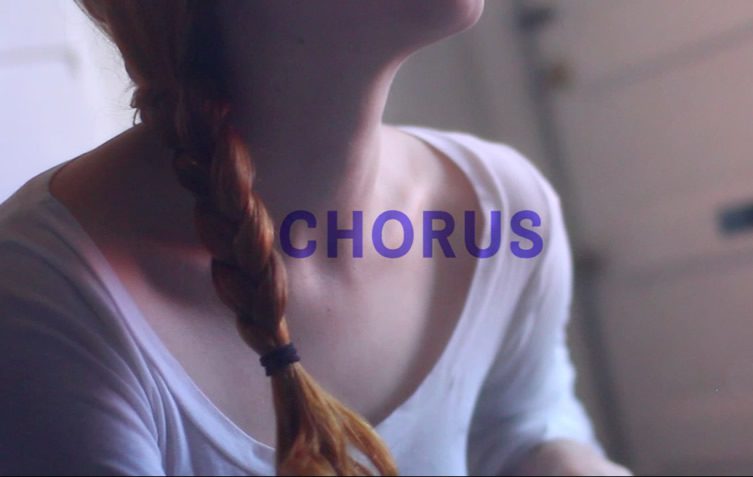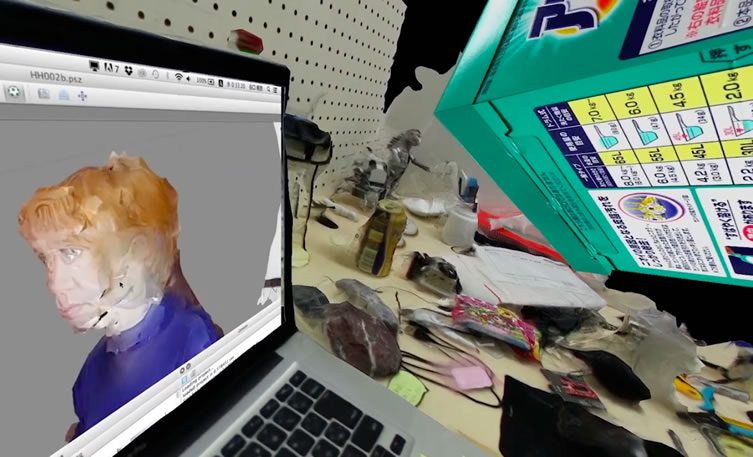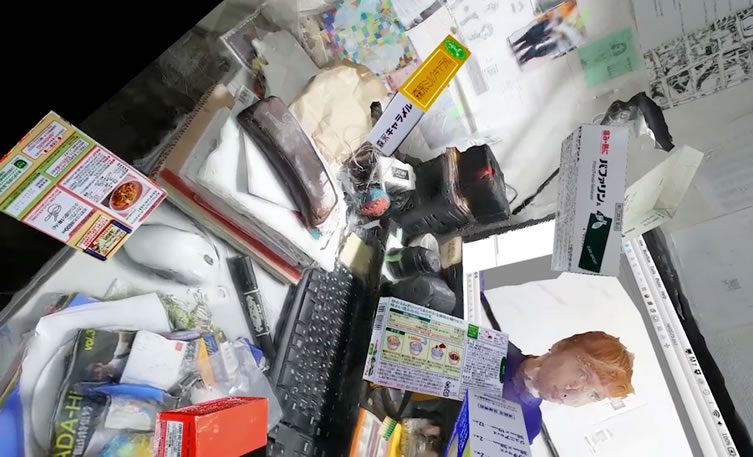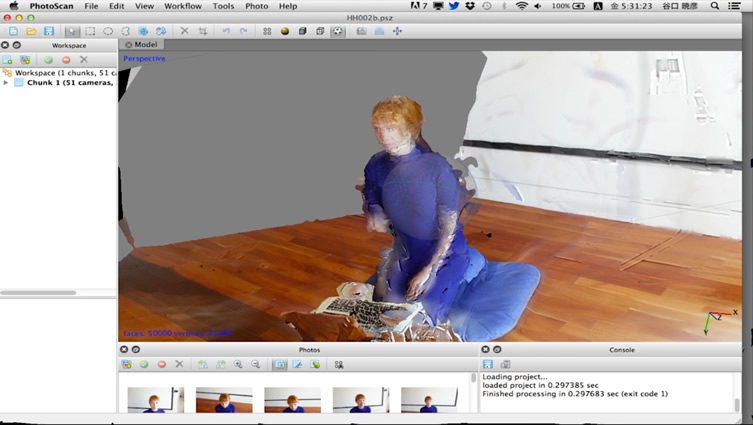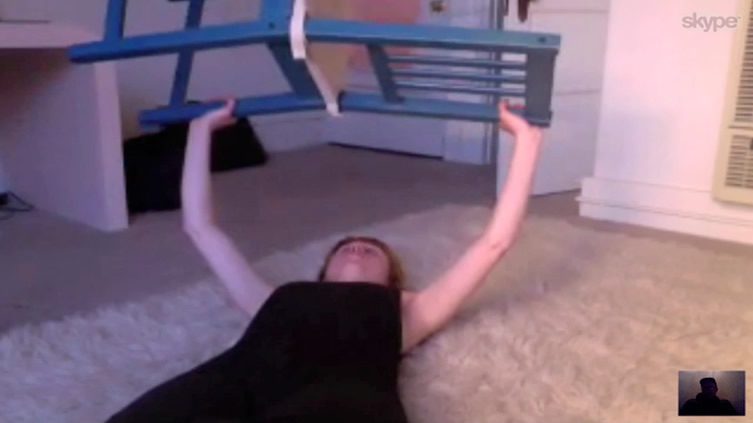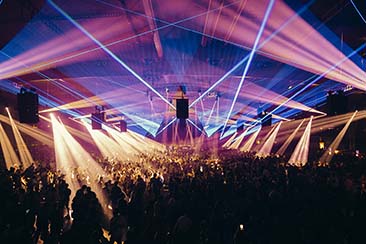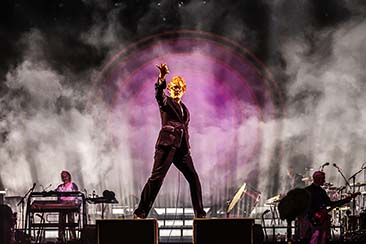Music, TV, even phone calls – a huge amount of our daily audio intake is now mediated by the internet. Our relationships with our computers are increasingly more intimate, and services like YouTube and Skype not only shape how we consume sound, but also how we broadcast ourselves.
This kind of human interaction with technology is something that’s long preoccupied California-based sound artist Holly Herndon, spawning the creation of her tantalising debut Movement last year. In it she explored the idea of the using her laptop as a musical instrument in itself, distorting and digitally processing her voice to compose sometimes unsettling melodies that occupy the uncanny hinterland between man and machine. But for new two-track EP Chorus she’s gone one step further, mining internet audio sources, Skype and YouTube for sonic clips and expertly cutting and splicing them together to form a ghostly aria of her internet history.
Impressive in itself, but Chorus really comes into its own when paired with its accompanying video, directed by digital artist Akihiko Taniguchi. The piece is a development of one of Taniguchi’s earlier works, Study of the real-time 3D internet, which explored how his identity and the identities of his friends were reflected by the environments around their computers. After asking friends to photograph their desks – clutter, food debris and all – he then rendered the images with custom-built 3D software and created video footage by shooting inside the virtual models, as you would the real world. The result is an extremely intimate snapshot of the space where human identities become digital ones.
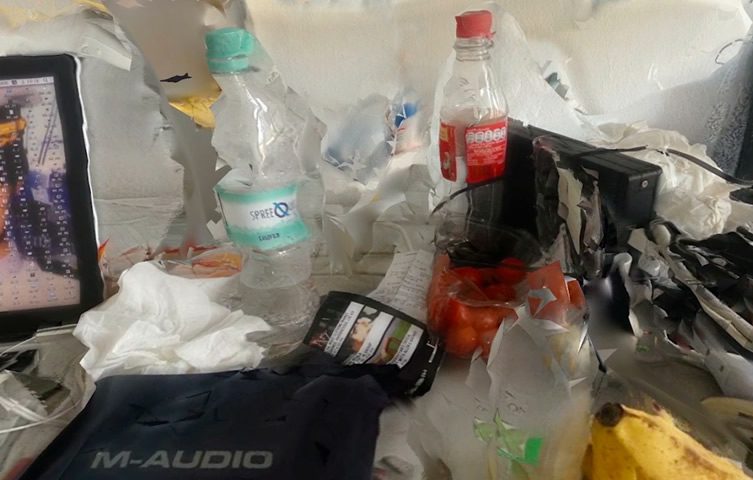
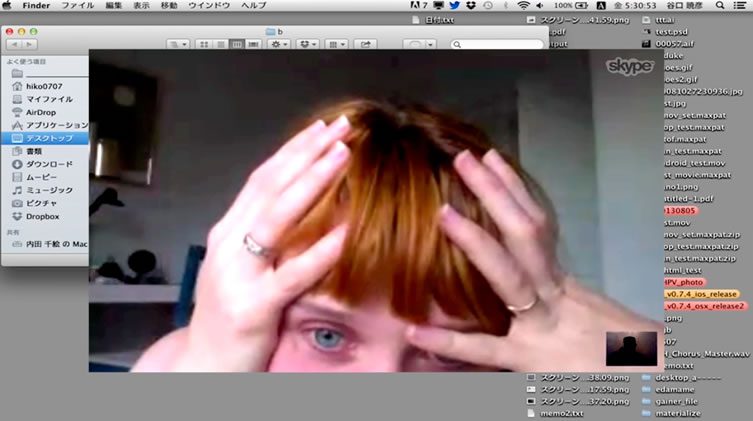
“I was interested in exploring the textures of daily necessities and the physicality of the computer and internet,” says Taniguchi. “One of the most striking contemporary images is the desktop capture, which you often see on YouTube as part of software tutorials. I like the shots of desktops that are poorly organised and ‘lived-in’.”
It was this project that piqued Herndon’s interest, and led to months of webchats between the two artists to create the final video. “So much of Chorus was constructed by spying on my own online habits,” says Herndon, “so it felt fitting to invite Akihiko, who I had been spying on online for a long time before my approach, to contribute the visual treatment of the piece.”
Just as Herndon’s beats and vocals soar, warp and fragment, Taniguchi’s 3D renders similarly fluctuate between the recognisable and distorted, depicting their environments with varying degrees of fidelity – one particularly odd simulation looks like Taniguchi’s whole desk has been fused together by a fast-approaching ice age. That it moves from webcam footage at the beginning to the digital renders later, nicely echoes the before-and-after relationship of Herndon’s foraged audio clips and her finished sonic landscapes.
“Thinking about intimacy and the laptop is familiar territory for me,” Herdon adds. “I’ve also been thinking a lot about privacy, particularly in light of the ongoing revelations regarding the NSA, which add a more sinister sub-narrative to Akihiko’s piece. The most crucial conversations happening in technology at the moment focus squarely on our work space, our email, our iSight and our smart phone, and how much we can honestly claim those spaces to be ours at all in an era of indiscriminate and imperceptible surveillance.”
Chorus is available now from RVNG Intl.
***
